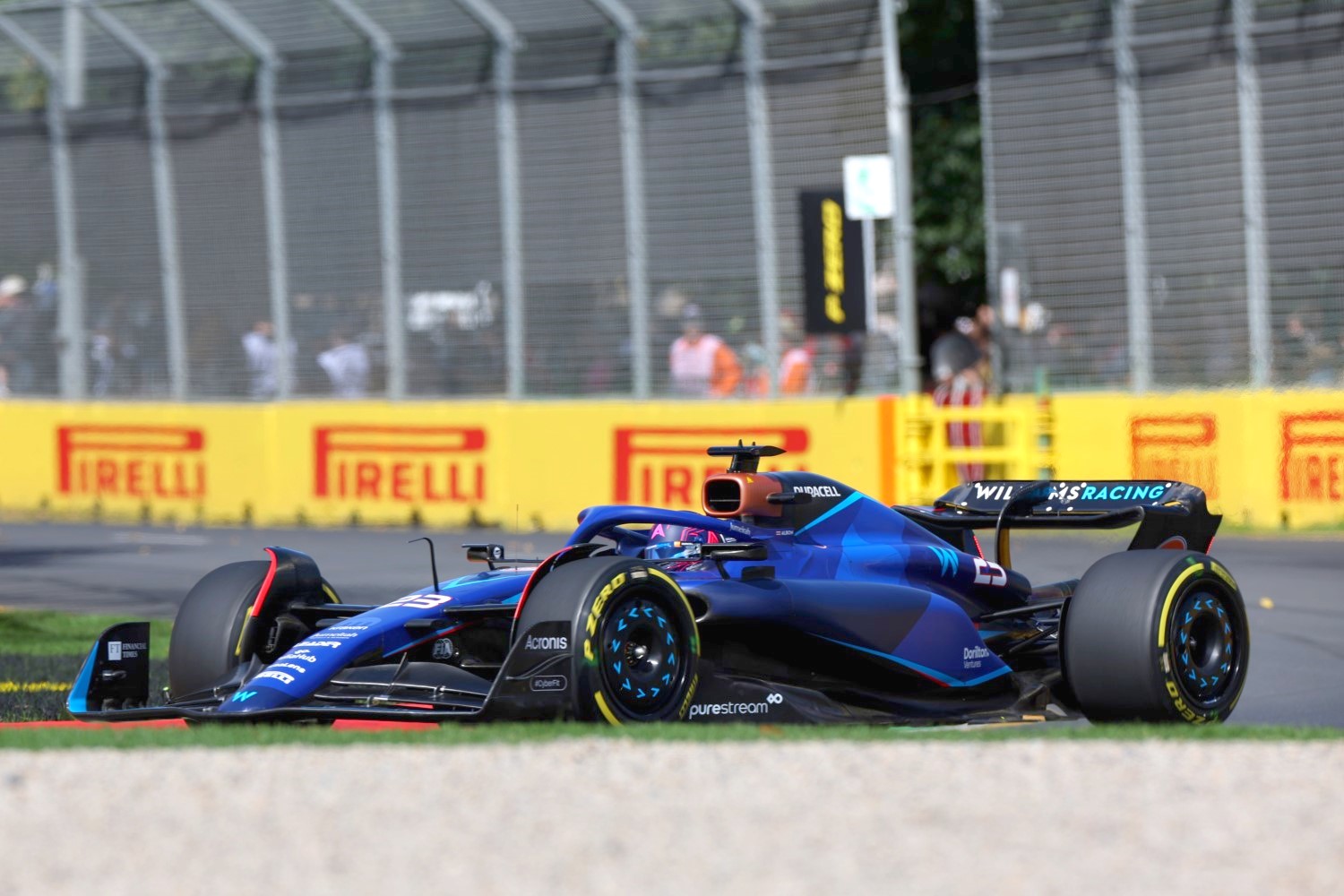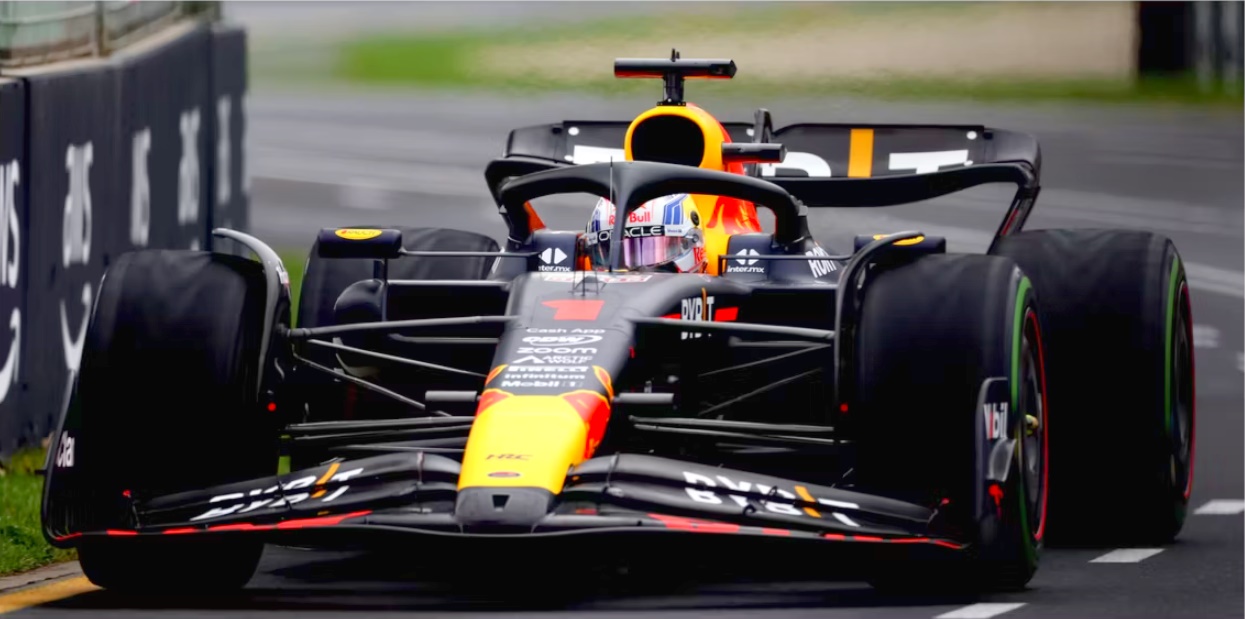F1: Technical updates teams brought to Melbourne
Red Bull
| Updated component | Primary reason for update | Geometric differences compared to previous version | Brief description on how the update works |
| Front Wing Endplate |
Performance -Local Load | The surfaces of the front wing end plate have become more cambered. | The design forms part of an update for more front wing load based upon expectations of upcoming events complimenting the changes to elements 3 and 4. |
| Front Wing | Performance -Local Load | Elements 3 and 4 of the front wing have been revised to increase chord length and or local camber. | Seeking more front wing load and therefore balancing ability, the last two elements of the front wing have more camber. Which necessitates new tips and thus a new endplate. Modularity was lost with the requirement for continuous surfaces. |
| Rear Corner | Circuit specific -Cooling Range | Changes to the portion of the wheel bodywork which wraps around the side of the rear tire. | The alignment vanes and wrap-around have changed to be better suited to the local flow looking for more cooling for the given sizes of inlets to the brake duct ducting. |
Mercedes
| Updated component | Primary reason for update | Geometric differences compared to previous version | Brief description on how the update works |
| Floor Edge | Performance -Flow Conditioning |
Vanes added to underside of floor wing. | The vanes shed small vortices which increase local load and improve flow into the rear of the floor and the diffuser. |
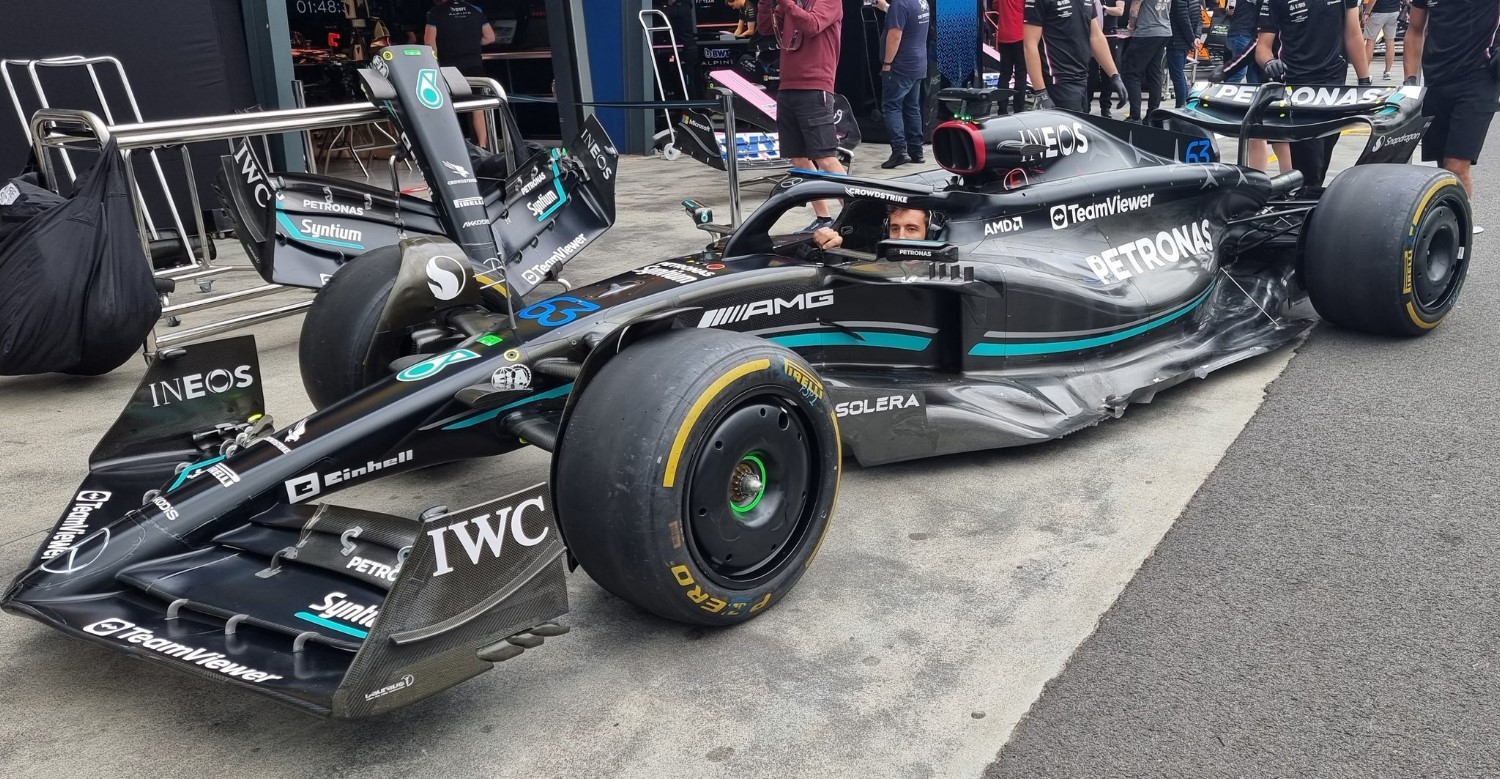
Alpine
| Updated component | Primary reason for update | Geometric differences compared to previous version | Brief description on how the update works |
| Halo | Performance – Flow Conditioning |
Revised halo fairing detail. | The revised halo fairing aims to provide a small improvement of air flow towards the rear of the car. |
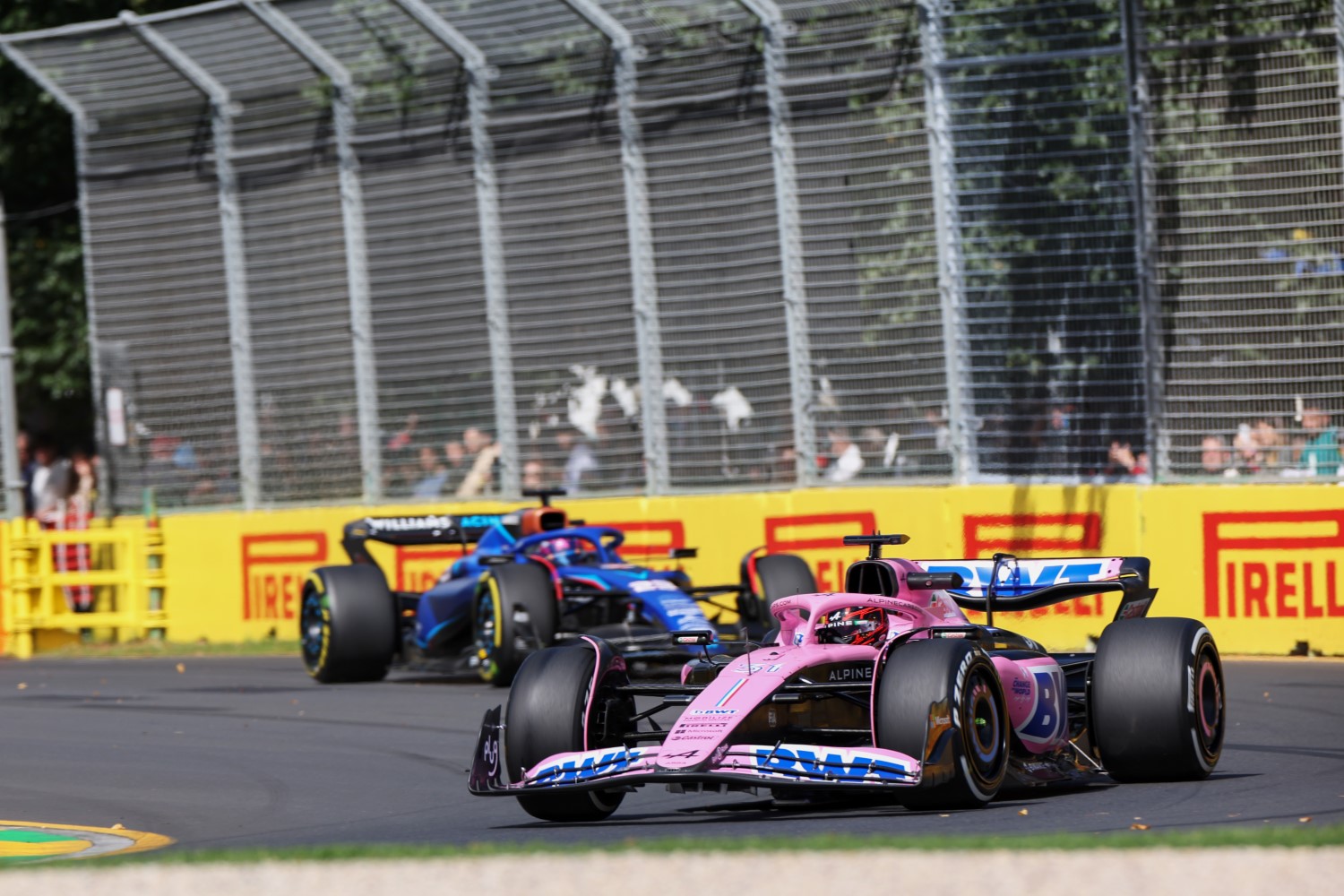
McLaren
| Updated component | Primary reason for update | Geometric differences compared to previous version | Brief description on how the update works |
| Coke/Engine Cover |
Circuit specific -Cooling Range | Reduced Size Engine Cover | Due to the circuit layout and expected ambient temperatures, required air massflow to cool the car is reduced compared to previous events. This allows a reduction of Engine Cover size to increase aerodynamic efficiency. |
| Diffuser | Performance – Local Load |
Modified FWD Floor Fences | The shape of the Forward Floor Fences has been altered to change local suction, floor vortex strength and positioning, resulting in different aerodynamic characteristics. |
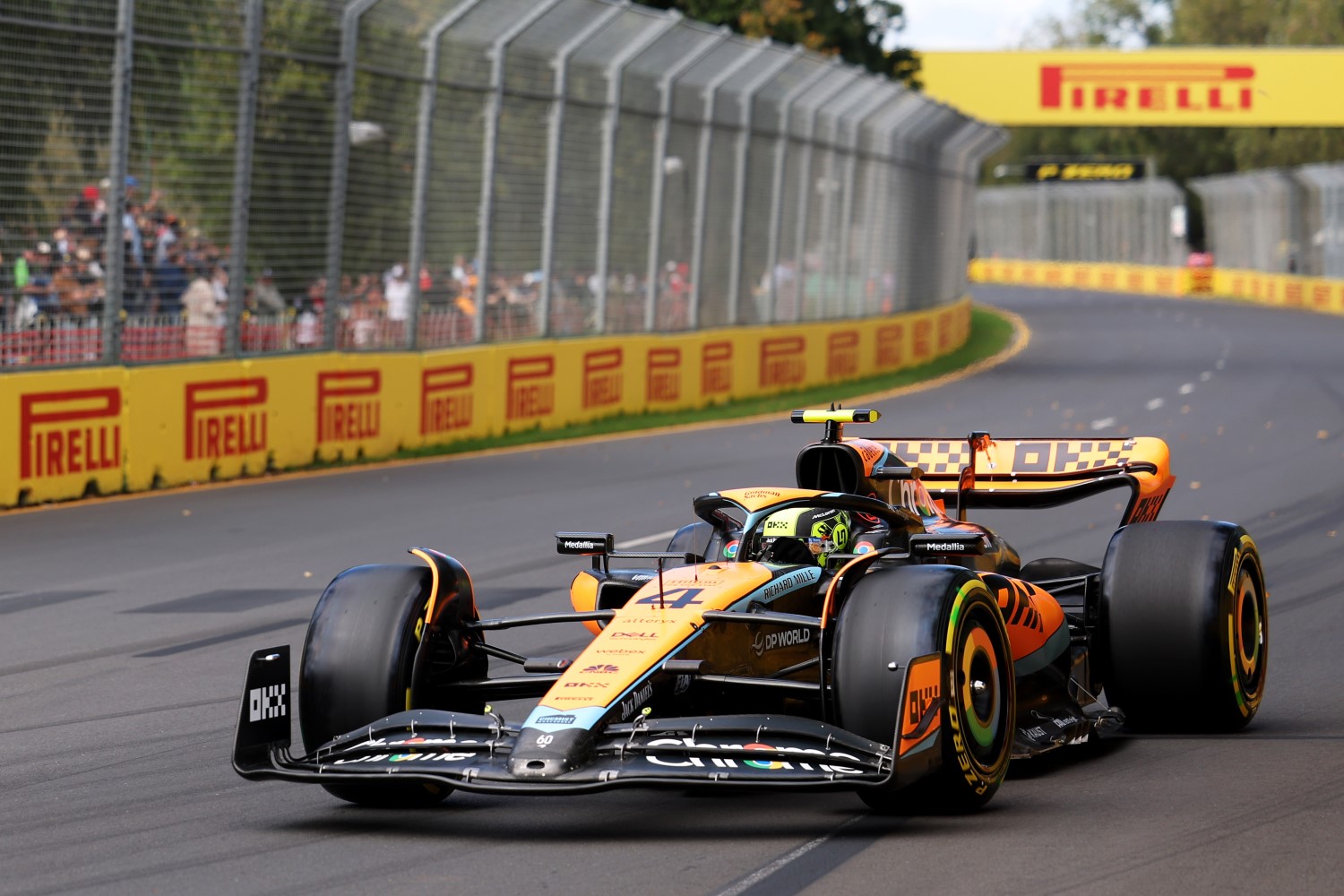
Alfa Romeo Sauber
| Updated component | Primary reason for update | Geometric differences compared to previous version | Brief description on how the update works |
| Nose | Performance -Local Load | Redesigned nosecone area, with the nose ending on the first element (as opposed to the second element). | In conjunction with a new front wing, this nosecone represents a natural evolution of our previous concept and improves the overall balance of the car. |
| Front Wing | Performance -Local Load | Reprofiled front wing – all elements. | This new front wing works with the updated nosecone to improve the overall balance of the car, and comes in various possible configurations. |
| Sidepod Inlet | Performance -Flow Conditioning |
New mirror stay with shorter chord cockpit attachment | The new rear-view mirror configuration allows the team to better control of the airflow surrounding the cockpit and maximize aerodynamic performance as the flow moves towards the rear of the car. |
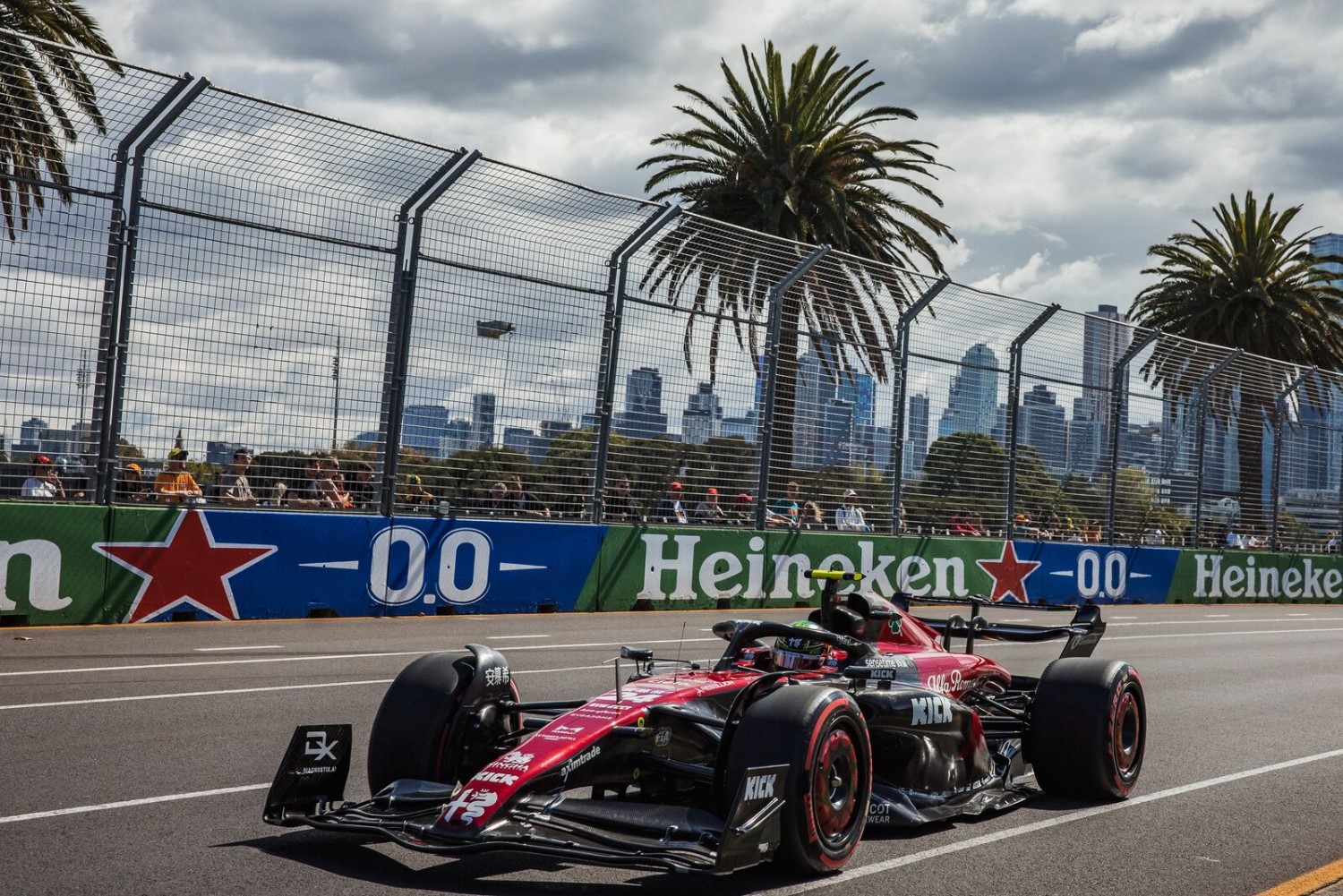
Scuderia AlphaTauri
| Updated component | Primary reason for update | Geometric differences compared to previous version | Brief description on how the update works |
| Floor Body | Performance -Local Load | The floor body has been modified in the area behind the floor fences. The shape of the central floor on the reference plane has been made wider in two places. The rear floor body transition to the rear crash structure has been updated to have a smoother transition. |
The floor modifications behind the fences help to increase the mass flow under the floor for increased local load. The wider central floor is to better position the vorticity being shed from the forward fences to improve diffuser performance. The rear body transition to the rear crash structure creates a more progressive expansion into the diffuser that increases local load and is particularly beneficial in improving rear floor performance at very low rear ride heights typically seen in early braking. |
| Floor Fences | Performance -Local Load | All of the fences on the forward floor have been modified. The root leading edges where they meet the underside of the floor body have been updated. The camber distribution of the inboard fences have also been updated. The upper surface of the floor behind the outermost fence has been lowered in height and the launch ‘cheese wire’ has been removed. This modification requires a larger upper surface ‘blister’ to cover the lower side impact structure. | The changes at the fence leading edges help reduce junction losses between the fences and floor body. The camber changes on the inner fences give increased local load by improving the strength of the vorticity shed from them. The softer transition of the floor upper surface behind the outer fence helps to draw a higher amount of mass flow down to the floor edge, increasing local load of the latter. |
| Floor Edge | Performance -Local Load | The floor edge has been modified rearward of the floor edge wing to have a continuous shedding edge while the previous floor had a discrete and discontinuous leading edge behind the floor edge wing. | The continuous edge from floor edge wing to floor edge gives a more consistent behavior of the floor edge vorticity across all car conditions and results in an increase in local load. |
| Diffuser | Performance -Local Load | The junction between the diffuser roof and diffuser sidewall has been modified to have an increase in planview curvature, which also reduces the volume within the diffuser tail. | The increase in sidewall planview curvature generates a greater lateral component of velocity that helps to reduce the amount of rear tire wake losses that are entrained into the diffuser, increasing local load. |
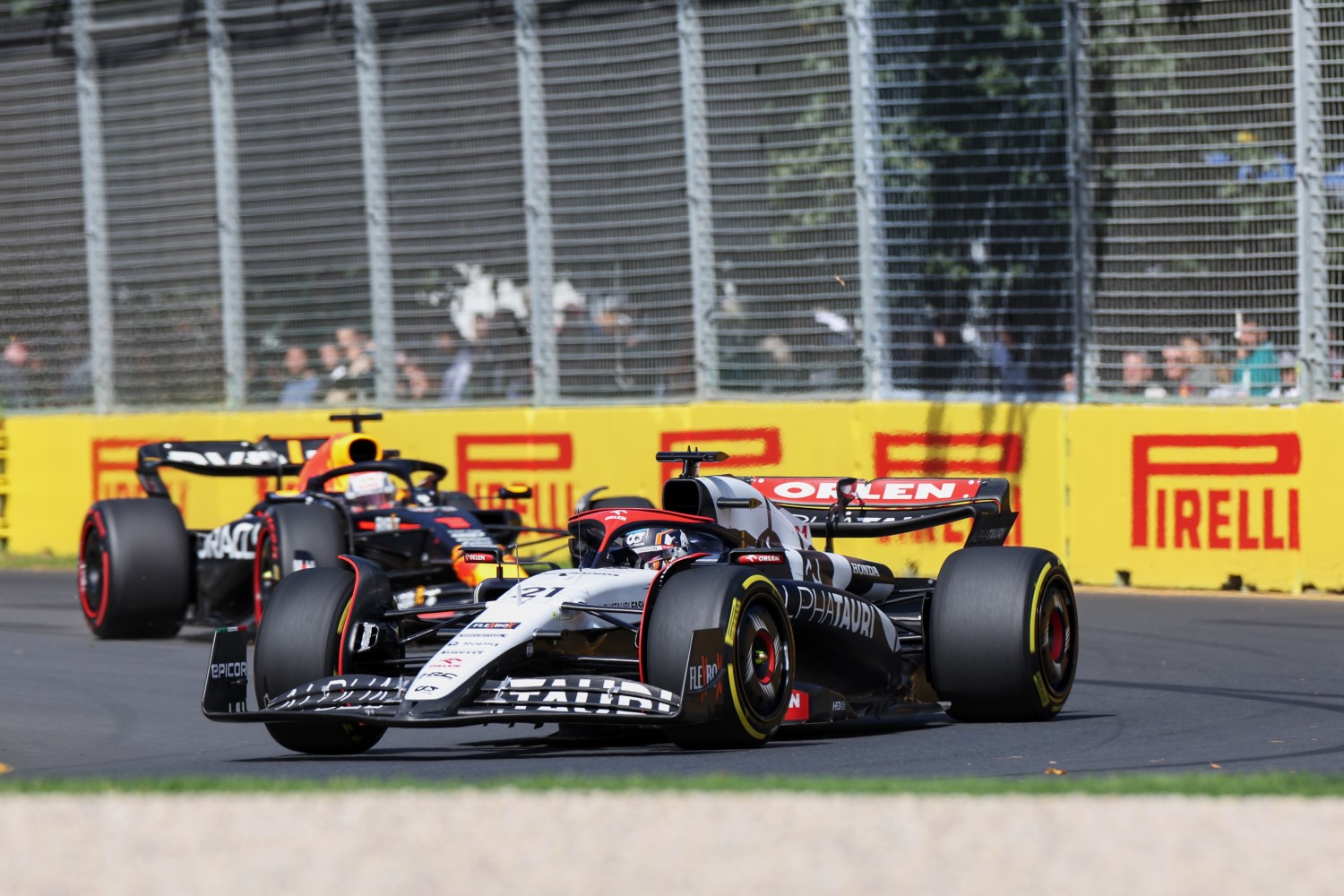
Williams
| Updated component | Primary reason for update | Geometric differences compared to previous version | Brief description on how the update works |
| Front Wing | Circuit specific -Balance Range | A further iteration of the front wing flap trim is available if required. This is an intermediate trim between the two levels that we have raced at the last two events. If required for balance, a new gurney flap that is consistent with these new profiles is also available. | The trim simply changes the area of the front wing flap thereby changing the car’s aerobalance to suit the characteristics of Albert Park |
| Rear Wing Endplate |
Performance – Local Load |
An additional flow control device is added near the bottom of the outboard face of the RWEPs | The addition improves the flow around the rear wing and rear tire to realize an efficient increase in local downforce |
